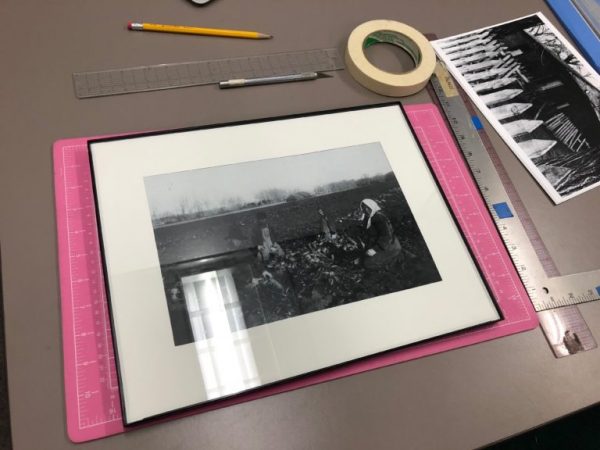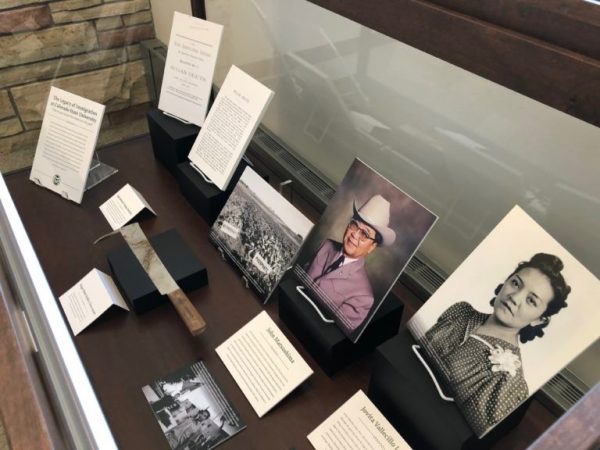By Jordan Kearschner
They asked, “why are you studying history?” throughout my entire undergraduate education; they questioned, “what are you going to do with that degree? You must want to teach.” My response was always one of opposition. “Not at all,” was the common refrain, “I want to work in a museum.” However, since beginning my formal study of public history at Colorado State University, I have realized that these two vocations – teaching and museum work – are not as opposed as I once imagined.

In my master’s program, my cohort and I are working towards our degrees in history, with the majority concentrating in public history – whether museum studies like myself, historic preservation, or cultural resource management. During the first week of our graduate experience, I can recall one message our professors sought to impart upon us all: all public history must first rest on sound historical scholarship. The idea is simple enough. Unbacked by proper research, many have sought to corrupt the historical narrative in order to support their own goals (and at times, their own prejudices). We, as public historians, must seek to shape the conversation and set the standard.
Especially, it seems, in the United States, history has acquired a deflated reputation as an academic discipline. It is often seen as one of the less-exciting subjects – one to muddle through on the slow march towards high school graduation. History, along with the rest of the liberal arts, is viewed as less lucrative for future employment, and those with an interest in the subject may feel discouraged from exploring it more thoroughly at the post-secondary level.
In October 2011, just as I was beginning my last year of high school and starting my own college application process, Florida Governor Rick Scott drew attention when he unveiled plans to cut funding for the liberal arts in favor of the STEM disciplines. Scott commented: “You want to use your tax dollars to educate more people who can’t get jobs in anthropology?” At the time of this remark, I was looking to study archaeology at a small liberal arts college in south Florida; this was not a particularly encouraging statement to hear. Although I was not deterred in my studies, I do not doubt that more than one prospective student turned away from their aspirations upon hearing this critique.
Perhaps for this reason, once out of school, many only interact with history in the public realm – and this makes it even more imperative that solid history serves as a foundation for public historical work. In addition, this elevates the importance of the work that we are doing. In the age of “fake news,” museum professionals and others in the public historical field, can, and must, set an example to be held accountable for the truth.
Unlike academic historians, many engaged in public history do not necessarily endeavor to research and publish their own original work. However, we still must adhere to the same standards. Many members of the public will never pick up a historical monograph, even as the world around them is shaped by our shared experiences of the past. But they may visit a museum, listen to a podcast, or watch a new mini-series garnering awards buzz. Although many assume their association with the historical field ends at graduation, this is not always the case. Public historians themselves thus serve as teachers by imparting this knowledge, consciously or otherwise.

As museums seek to become more participatory, they demonstrate a commitment to this engagement. Even if visitors do not retain specific facts from their trip to a museum, ideally, they leave with a greater propensity to seek out new information and become more critical of the world around them in pursuit of the truth. As a public historian and museum professional, I hope to contribute to this process. Although I assured everyone I did not want to be a teacher, perhaps, in a way, that is what I’m on my way to becoming.